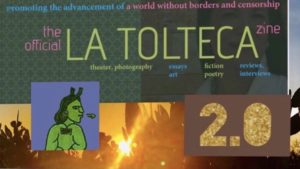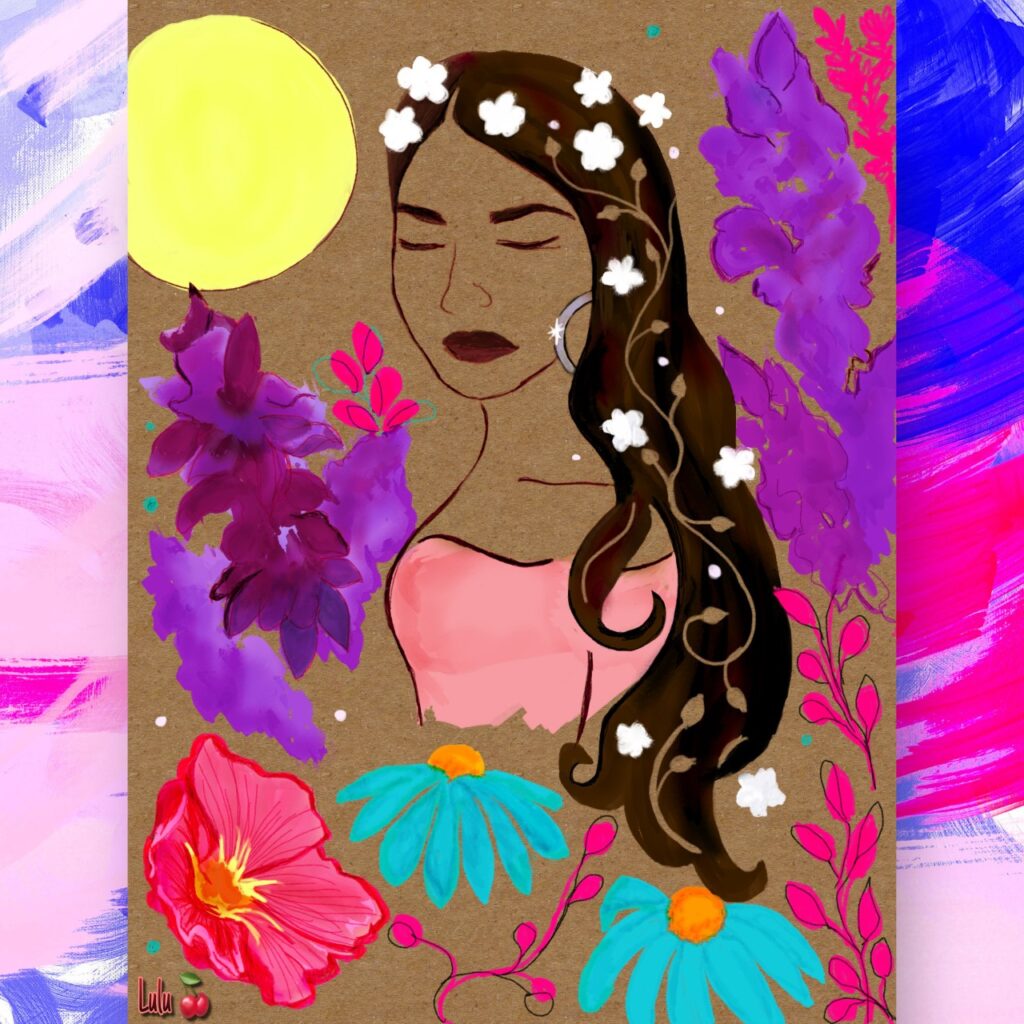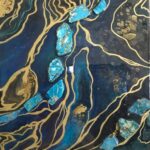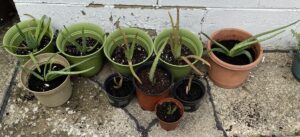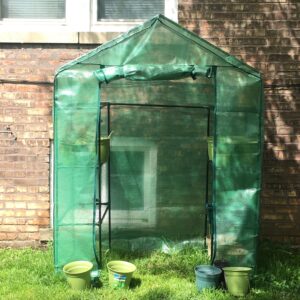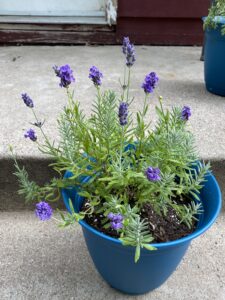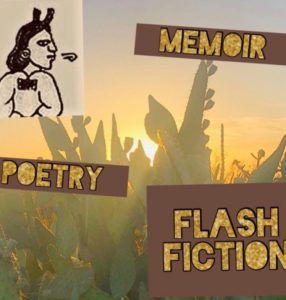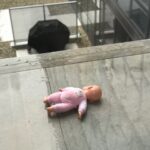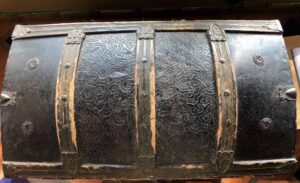La Tolteca 2.0 #4 Aug.21, 2020
Issue #4, August 21, 2020
Welcome to our fourth issue. Featured here are Chi-Town creatives! So much is happening in Chicago this summer. We send our love & hope for continued strength to that American of American cities.
Included in this issue we introduce Creative Guadalupe Chairez. Also included poets Marcelo Castillo, Mary K. Hawley and Mike Puican, Academic and Curandera Laura de los Santos, and Writer Sandra Jackson-Opoku

You don’t have to be a Babe-Boomer or Brown to submit a selfie or fave pic of yourself: ana@anacastillo.net.
We are celebrating life in Times of Covid-19. Here are this issue’s contributors:

Marcelo Castillo & Guadalupe Chairez observing mask protection during pandemic.

Mike Puican was a member of the 1996 Chicago Slam Team, and is a long-time board member of the Guild Literary Complex in Chicago. Currently, he teaches poetry at St. Leonard’s House.

Sandra Jackson-Opoku, Chicago writer. Her new fiction appears here.
In Yo ¡Presente! we give voice to lives of teachers, creatives, writers–healers & custodians of beauty & culture–all at different times one and the same.
Guadalupe Chairez

When Guadalupe Chairez isn’t at her day job & observing COVID_19 she practices modern dance & paints in Chicago.

Digital art by Guadalupe Chairez
 “I use acrylic on canvas with other media and now digital.
“I use acrylic on canvas with other media and now digital. 
My objective is to amplify my life and the lives of others with my use of vivid colors.”
~Guadalupe Chairez
Laura de los Santos
My Curandera Camino in Times of COVID 19
(all photos credit: Laura de los Santos)
I began 2020 full of excitement about turning fifty-two. In Mesoamerican calendric systems, fifty-two years mark the end of one cycle and the beginning of a new one. At this age, curanderas are typically beyond reproductive years and can answer the Call to devote themselves to helping people.

Academic & Curandera Laura de los Santos. testimonio on healing in Chicago.
Helping heal my family and friends came naturally for me; plant medicine was part of grandma’s regular routine and my hands seem to know how to sooth my loved one’s injuries.
I finally decided to open my heart and home to treat people while I prepared my research for a July presentation at the Curanderismo class in Albuquerque. Their 2oth Anniversary class was sure to be special. Then COVID 19 shut down our world.
I feared for the well-being of my multi-generational household of seven plus the dog and was on constant watch for symptoms in my family. Every day I prayed for wisdom to know what to do.
As soon as I heard a sneeze or a cough, a pot of water was put to boil. The aroma of simmering cinnamon sticks often wafted through the air as I did my best to keep sickness from my home.
I was not alone; a handful of friends and I began connecting online every morning to pray. As a “recovering Catholic” who also calls on my ancestors and their beliefs
 La Virgen de Guadalupe takes center stage on my altar.
La Virgen de Guadalupe takes center stage on my altar.
In my effort to stay on my curandera camino, I began a medicinal plant garden, nurturing seeds indoors until what I thought was the end of the Chicago winter.
Unable to treat people and disheartened over my gardening failure, I wrote an article for a local newspaper in the hopes of giving folks (and myself) something good to think about.
Healing can happen in so many ways.
Once again, I planted seedlings, but this time was ready with a little greenhouse my daughters gifted me for my April birthday. My granddaughters joyfully help me care for the plants.
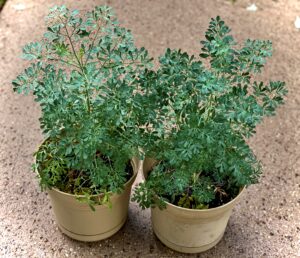
Ruda (rue) plant tea is especially helpful with menstruation and helping women heal after childbirth.
By the time the city began to open, I had been shut in with my loved ones for months. I was tired, stressed out and had little more to give, so I sought healing in the spa chair at the nail salon. As I drifted in and out of bliss, I noticed the nail technician rubbing her shoulder repeatedly. Her mother, who had been hired to keep the salon COVID clean, told her the sobador in the city wasn’t treating people. I offered to sobarla tantito. She felt some relief and asked to come by for a more complete treatment. I couldn’t deny her; if she was treating me using COVID safety protocols, I could do the same.
My faith has guided and comforted me. Grandpa used to say, “Hija, don’t ever lose your faith. If you lose that, you’ve lost everything.”
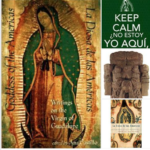
Writings on the Virgin of Guadalupe, ed. Ana Castillo
Marcelo Castillo
My Brown Skin
s
s
My brown skin g l o w s
My brown skin turns dark golden bronze in the yellow sunlight
My brown skin opens and closes doors that speak Spanglish.
Dances around the World with brown bodies and brown feet
Brown feet that dance on sandy beaches and cobblestone streets
[Tenfold].

Photo Credit: Guadalupe Chairez
My brown skin lets others know my people I aint from around here
(No somos de aqui)
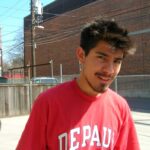
Marcelo Castillo during his DePaul U days in Chicago.
((Or))
My people live up the block from here right up the way homie
Abuelo mowing his lawns in his brown guayaberas and chanclas
My brown skin baking under the hot 90s Chicago summer sun
It feels warm to the touch misses my childhood and Aztec past
Warm to the touch in the day and cooler than the tortilla moonlight
It wraps around my whole body like tight hugs from my Mami
It calls me out and blends me into crowds of loud brown faces
My brown skin protects my brown heart from the world around
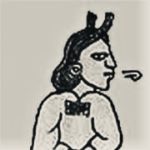
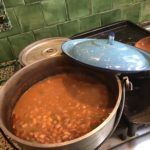
Sandra Jackson-Opoku
(fiction)
Hunger
There was a howling in the wind and Hunger was the reason why.
Those who met Hunger in the latter days thought a certain wasting disease had whittled her away. Though it wasn’t spread by casual contact, still they kept their distance. Those who had known her through thick and thin realized the truth. She’d been hungry for nearly fourteen years.
Hunger had once been what men called a T-bone, though she never liked the comparison. Big, solid thighs and hips. Buttocks a shelf to rest packages upon. Proud flesh, as in “protruding from the surface.” But Hunger wasn’t proud of all that commotion. A Venus Hottentot ass, frisky as a kitten, followed its own agenda.
Men whistled and moaned as it bounced along. Standing behind her in the grocery checkout line, one petted it like a puppy.
“Sorry,” he shrugged when she turned to confront him. “I can’t help it.”
Hunger ruled out surgery, a butt reduction. The money, the pain, the possible scarring. She would tame the beast by restricting its nourishment.
It didn’t dwindle all at once. The butt was last to go, behind the cheeks and breasts and belly, the fleshy wedge of upper arms. Hunger had patience. She waited for T-bone to turn to gristle.
As flesh began to disappear, so did her name. When people noticed the gauntness in her face, the stringiness of her thighs they began calling her “Hungry Herlene,” though her name was Merlene. That was slurred to Hungry Her, then Hung-Her, which sounded just like Hunger. Which is what they had meant all along.
Alarmed with her retreating proportions, well-meaning friends would murmur warnings. This wasn’t fly, it wasn’t cute. Anorexia was a White woman’s thing.
“Don’t nobody but a dog want a bone.”
Hunger had one of sorts, a sometimes companion. Curtis, nicknamed Cur was quite the rarity, a Black man who abhorred the booty. He hadn’t liked all that “dead-ass energy” stirring around back there. Hunger didn’t point out the irony, the double negatives and oxymoron.
Cur nodded his approval as the energy dissipated. “Your worst days are behind you, girl.”
Hunger nibbled her nourishment by halves. Half a sandwich, a split tangerine. A boiled egg sliced along the oval. Not one grape, not even a raisin was too tiny to divide. Her refrigerator was crammed with moldering tidbits she’d one day deserve. When she’d trimmed away that last pinch of fat. When there was nothing left to lose. When her name was reduced to Hung.
Once-proud flesh hung empty behind her. A kangaroo pouch turned backwards, an envelope without a letter. Hunger walked the two blocks from home to the CTA bus stop. The pouch flapped in the wind, waving at passing pedestrians.
Those who had called her T-bone averted their eyes. Cur had already slunk away. The only howling now was a wind they called The Hawk, thrusting against her in impotent fury.
(Sandra Jackson-Opoku’s novella-length story,”She Loved Trouble” recently appears
in the anthology,Both Sides: Stories from the Border)
Mike Puican
And Now Fall
–for Mary
Late September, at a station just off
the highway to Akron, a tired-looking
security guard—white-haired, unshaven—
adds weight to the evening. He leans
against his car door and pumps gas.
He doesn’t bother to check the oil
or squeegee the glass. He is perhaps
lost in a music all his own. On his front seat
are items in a shopping bag: red carnations,
a cereal box, some oranges. One blossom
dangles out of the bag. I recognize it
as a thought. I call it the thought of heaven.
We share the faint night breeze,
the gentleness between two ships. The pump
clicks shut. He tops it off. It clicks shut.
He tops it off. How many times
in a man’s life does summer turn to fall?
How many times does a man return
to the start of his journey?
How many love letters can I write to you?
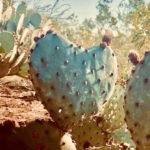
Mike Puican’s debut book of poetry, Central Air, was released by Northwestern Press in August of 2020. He is a long-time board member of the Guild Literary Complex in Chicago. Currently, he teaches poetry to incarcerated.
Mary K. Hawley
Night Watch
In the way I used to sit
alongside my father in the Pontiac
late at night, on country roads,
the others asleep in the back—
as night air made pungent
by pine and skunk whistled
through the little triangle window
and shadows loomed
on the ceiling,
taking flight when cars
whooshed past and plunged
into the dark behind us
as the Pontiac rumbled
into the darkness ahead
following the bends and swells
of the road unwinding
in the headlights that lit up
dancing clouds of insects,
and the windshield grew
greasy with their smashed bodies
while I fought sleep,
certain that only my rigid stare
kept the car from swerving
off its safe path—
so now I sit beside him
as he sleeps, in the last
evenings of his life, watching
the shallow rise and fall
of his chest, and stay awake
as if it could make a difference.
Tunnel
Duck Creek, Lake Superior
Tonight fog rolls over the beach, lapping
at the feet of the dog as she runs ahead,
bouncing over logs and rocks, zigzagging
into waves. Trees draw together like a curtain
behind the rising mist, the cabins vanish. I walk
in a grey tunnel that opens before me the way
a night highway unravels, white lines spooling
under the car. No frogs singing from the marsh,
no eagle on a long glide over the lake, no ghosts
but that of my grandfather as a boy, combing
this beach for wood a hundred years ago while
his parents stoked the stove in a drafty cabin.
Summers they came here from town, jolting
along the plank road in a horse-drawn cart.
The dog’s black and white legs churn
as she disappears, reappears like the beacon
winking from town. I don’t know when
the darkness started for that boy, came down
like a curtain, hushing the world, separating him
from every other living thing. There were no names
for it then, nor cures. On a night like this
he walked in a tunnel of black thoughts, saw no
stars, no moon, didn’t know I would follow him.
When he startled a buck at the creek its hooves
exploded in the sand and he fell back, as spooked
as the deer. He laughed then, full out, and laughed
with us later whenever he told of it; so always
this place would save him, would save us.

Photo credit: Mary K. Hawley
Between Waking and Sleeping
Filmy scarves
colors of sky and water
hang from a hook
in a market stall
as I speak one scarf
ripples on a breeze
and darkens, flies away
a clumsy heron
on an old trunk
an address of my childhood
I crawl inside
white ribs
block the moon’s stare
grey feathers brush my face
as I wrap myself
in my own wing
a dark hole
blooms on a wall of rock
inside the cave
I trace a vein of silver
along a damp wall
water drips on stone
the wings of a thousand bats
rustle like dead leaves
PHOTO Credit note:Unless otherwise indicated, all photos in La Tolteca 2.0 are original, taken with an iPhone camera & the property of La Tolteca2.0.
GUIDELINES. 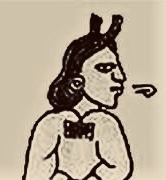
LA TOLTECA 2.0 on homepage: www.anacastillo.net is a virtual zine with ongoing posts.
You may submit to ana@anacastillo.net. Youl’ll receive an automated response until we are able to review your submission. (If you don’t receive the automated response alert Ana Castillo on FB messenger.) For consideration to the following new features only unpublished, never posted on SM, original images and material. New Features
BOX 4B: Brown & Beautiful Babe-Boomers
You don’t have to be brown or a Boomer and your submissions don’t have to be selfies but you’re welcome to submit. Send us what gave you a smile, lifted your spirits, kept you going that past week. Smart phone pics work, no specific format necessary. Do NOT send images previously posted on social media or elsewhere. Your submission is consent for use at L/T 2.0. Add a couple of lines with your name and about the pic or yourself to be included, if selected. If any of your submission is selected it will be posted the following Friday. If not, you won’t hear from us but you will be welcome to send something new for consideration again.
Yo ¡Presente!
No rants or editorials, please. Only clean, proof-read submissions in a journalistic style will be read for consideration. Double space, 12 point, Times Roman—750 words. Your most recent activist concern. Include your name and a line describing how you participate in social justice issues. Checklist for your piece: What, when, why who and how.
Poetry and Flash Fiction
Original and unpublished work. Spanish and English languages considered.
All submissions must have been proofread double-spaced, 12 point, paginated. Fiction word count limit 2,500. Your name and one line about yourself or your submission. If selected, it will appear the following Friday on Tolteca 2.0, anacastillo.net homepage. No emails will be sent out. If you don’t hear back it wasn’t selected. You are welcome to send something else next time.
La Tolteca 2.0 is a a zine on a blog. We reserve all rights to post as and what we choose (with permission of contributors.) If your original works appear here you may use again elsewhere with credit to first appearing at La Tolteca 2.0 (and date.)
Next issue: Friday, September 4, 2020: New York creatives ¡Presente!
Thanks for joining us. Soon we’ll set up for you to subscribe. Meanwhile–please stay safe.

